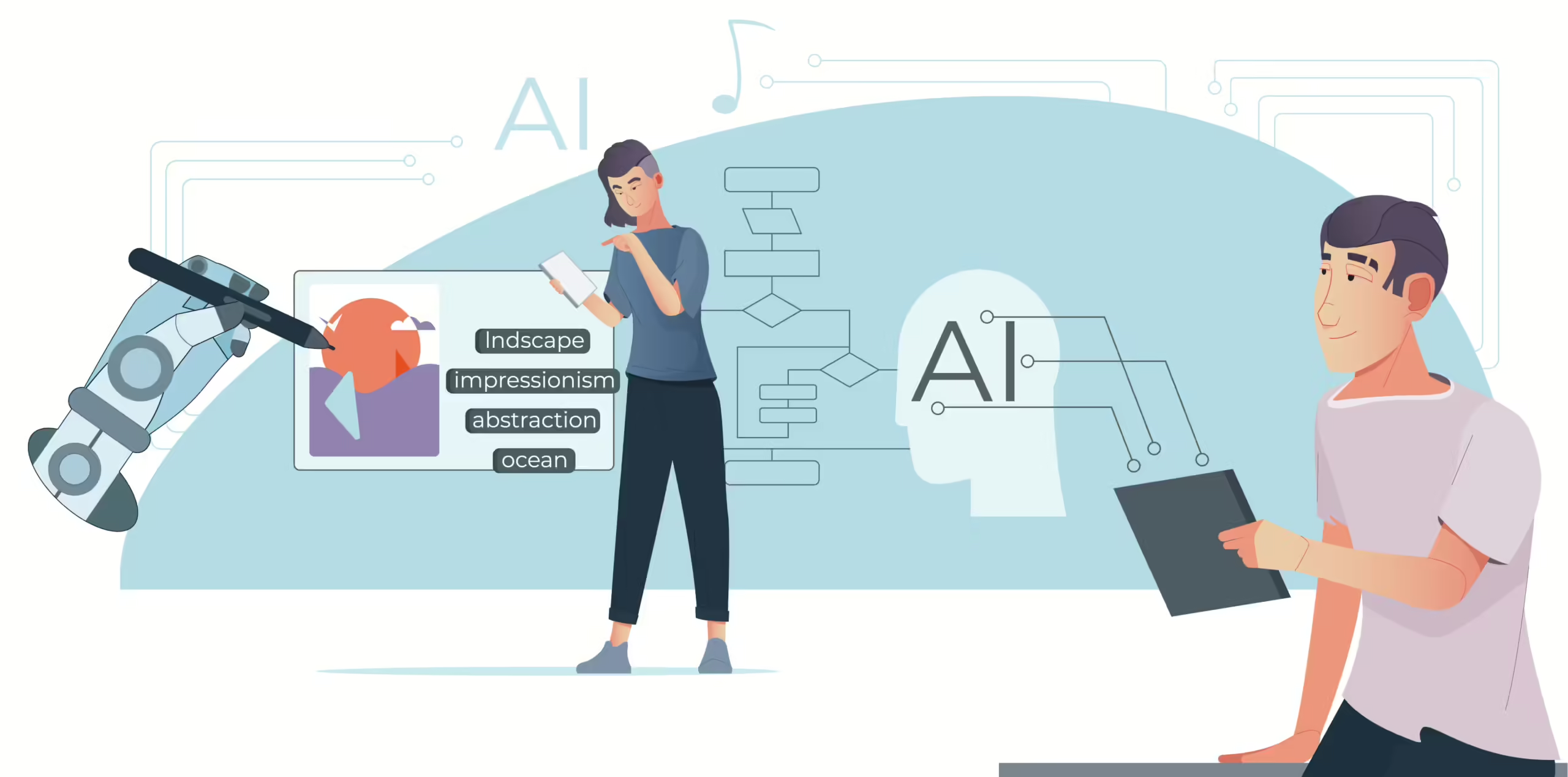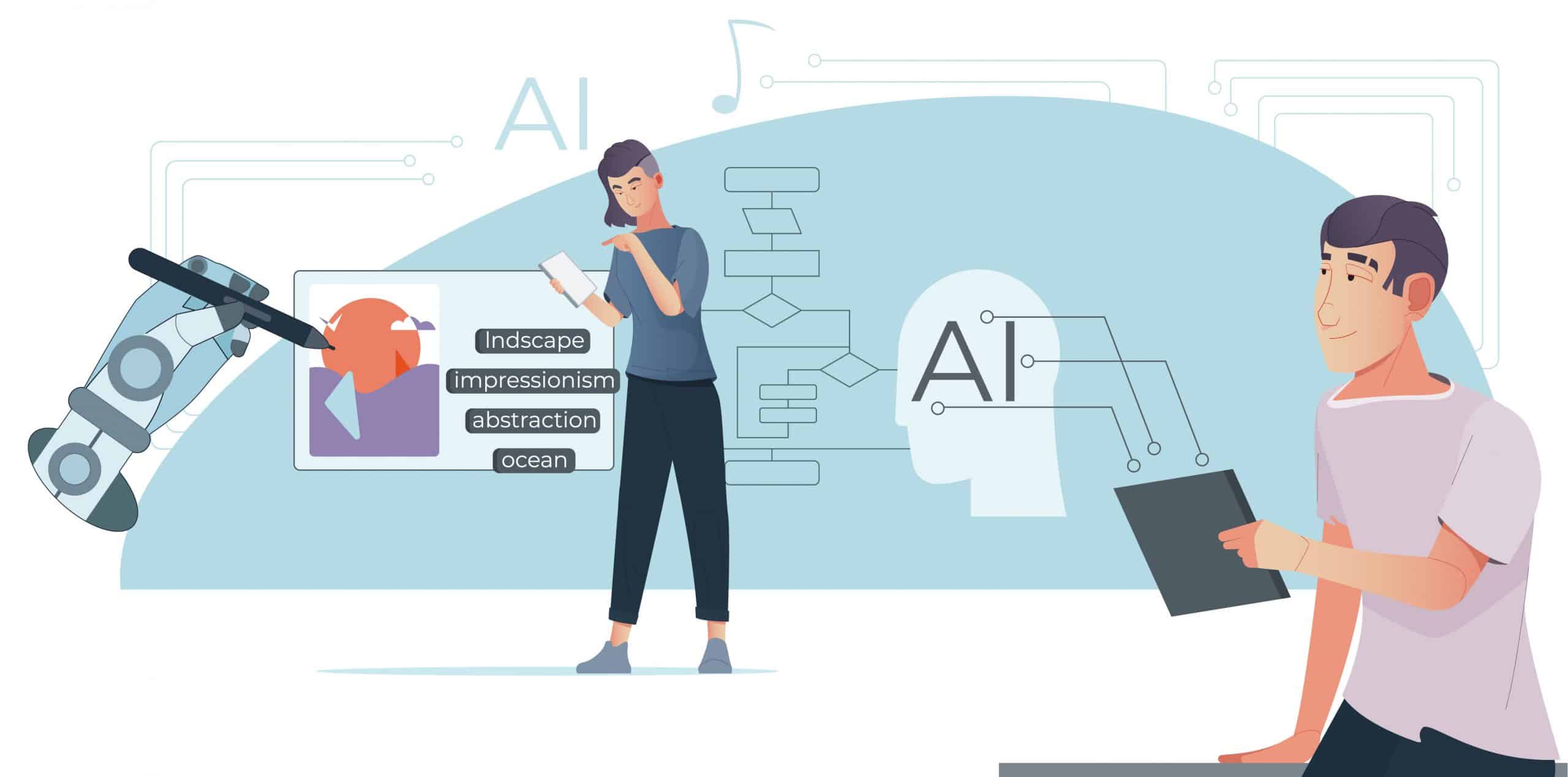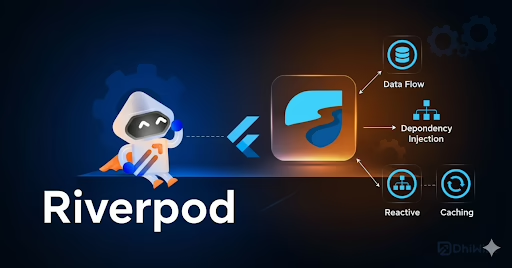We, as a team, have been working on advancing Generative AI technology, a subset of artificial intelligence technologies that create new content such as text, images, music, and more. Unlike traditional AI, which focuses on analyzing existing data and making predictions, generative AI aims to produce novel data. Our work has significantly contributed to the development of models like GPT-4, DALL-E, and other neural networks capable of generating diverse and sophisticated outputs.
Key Concepts Of Generative AI Technology
Neural Networks
Neural networks are the backbone of our generative AI technology projects. These networks are designed to mimic the way the human brain processes information. Key types we have utilized include:
- Feedforward Neural Networks: Simple networks where data moves in one direction, from input to output.
- Recurrent Neural Networks (RNNs): Networks that handle sequential data and have connections that form directed cycles.
- Transformers: Advanced models that handle sequential data using attention mechanisms, significantly improving the efficiency and capability of generating long and coherent sequences.
Training
Our generative AI models are trained on large datasets using a process called supervised learning. During training, the model learns patterns and structures within the data, enabling it to generate new, similar content. Key training methods we have employed include:
- Supervised Learning: Using labeled data to train models to make predictions.
- Unsupervised Learning: Training models on unlabeled data to identify patterns.
- Reinforcement Learning: Training models using a reward-based system to make sequences of decisions.
Generative Models
We have developed several types of generative models, each with unique capabilities:
- Generative Adversarial Networks (GANs): Consist of two networks, a generator and a discriminator, that compete against each other to produce realistic data.
- Variational Autoencoders (VAEs): Encode input data into a compressed representation and then decode it to generate new data.
- Transformers: Utilize self-attention mechanisms to handle long-range dependencies in data, excelling in tasks like text generation.
Applications
Our work in generative AI technology spans a wide range of applications across various industries:
- Text Generation: Creating articles, stories, and even code. Examples include our development of GPT-4 and ChatGPT.
- Image Generation: Producing realistic images from textual descriptions, such as DALL-E.
- Music Composition: Generating original music pieces in different genres.
- Design and Art: Assisting in the creation of digital art and design prototypes.
- Data Augmentation: Enhancing datasets by generating additional training examples.
Benefits and Challenges
Benefits
Our generative AI technology offers several benefits:
- Creativity Enhancement: Assists in creative processes by providing novel ideas and content.
- Efficiency: Automates content creation, saving time and resources.
- Personalization: Generates customized content tailored to individual preferences.
Challenges
Despite its benefits, our work also faces several challenges:
- Quality Control: Ensuring the generated content is accurate and high-quality.
- Ethical Concerns: Addressing the potential misuse of generative AI for creating misleading or harmful content.
- Bias and Fairness: Mitigating biases in generated content that may arise from training data.
Ethical Considerations
As we continue to develop generative AI technology, we place a strong emphasis on ethical issues:
- Accountability: Establishing clear guidelines on the responsibility for generated content.
- Transparency: Ensuring the processes and decisions made by our generative AI systems are understandable and transparent.
- Regulation: Develop policies and regulations to prevent misuse and ensure the technology is used for beneficial purposes.
Future Trends
Our work is contributing to several emerging trends in generative AI technology:
- Improved Models: Developing more sophisticated and capable models.
- Real-time Generation: Advancements in hardware and algorithms to enable real-time content generation.
- Interdisciplinary Applications: Integration of generative AI into fields like healthcare, finance, and education for innovative solutions.
Conclusion
Generative AI technology represents a transformative technology with the potential to revolutionize various industries by automating and enhancing creative processes. As we continue to push the boundaries of this field, we are committed to addressing the associated challenges and ethical considerations to harness its full potential responsibly.
Through our dedication and innovation in generative AI, we are unlocking new possibilities in content creation, design, and beyond, paving the way for a future where AI collaborates with humans to achieve unprecedented innovation and efficiency.
Sreyas, with extensive experience in predictive analytics and global promotion of database management services, is ready to extend our advanced generative AI services to clients. We are committed to providing exceptional solutions tailored to your needs, ensuring the highest standards of innovation and quality in every project.








